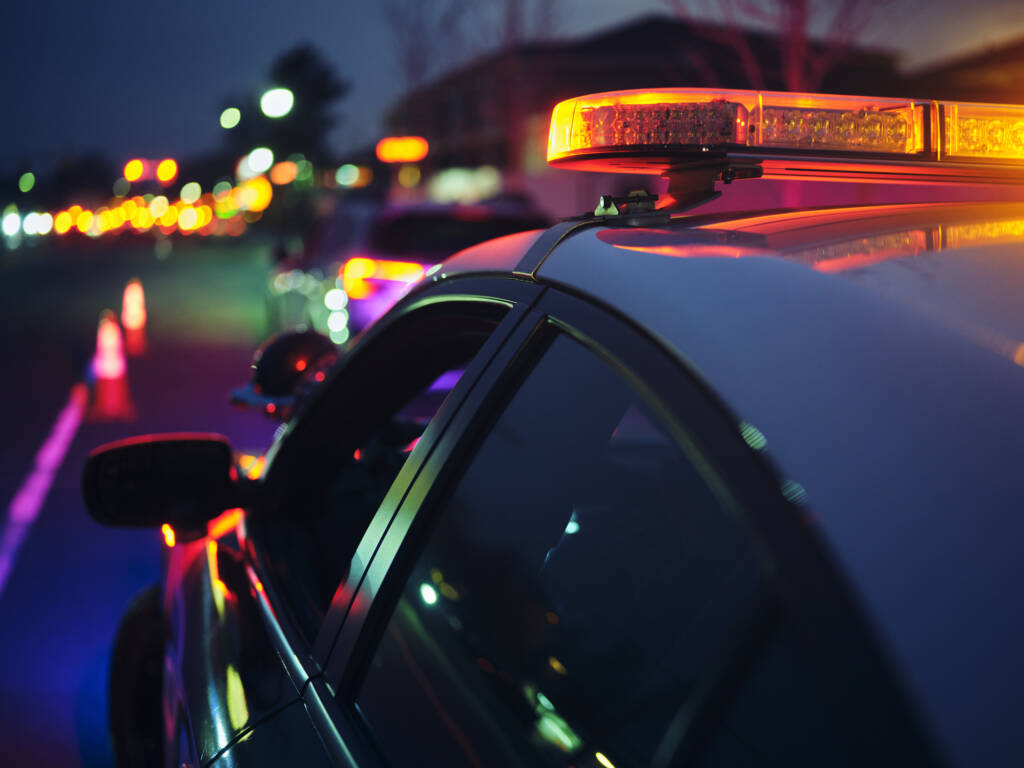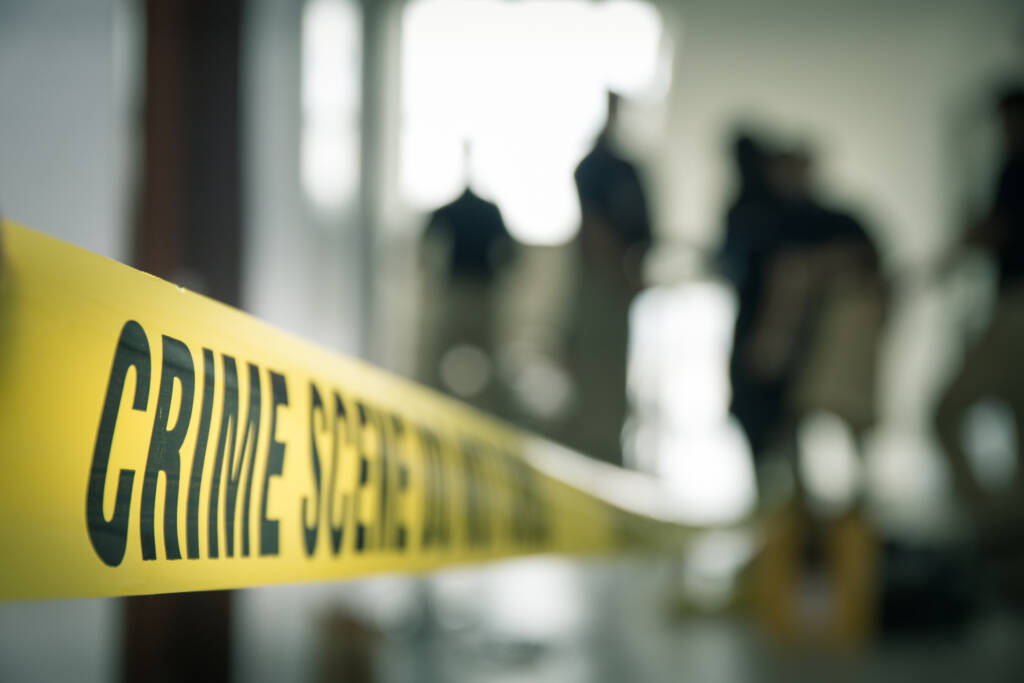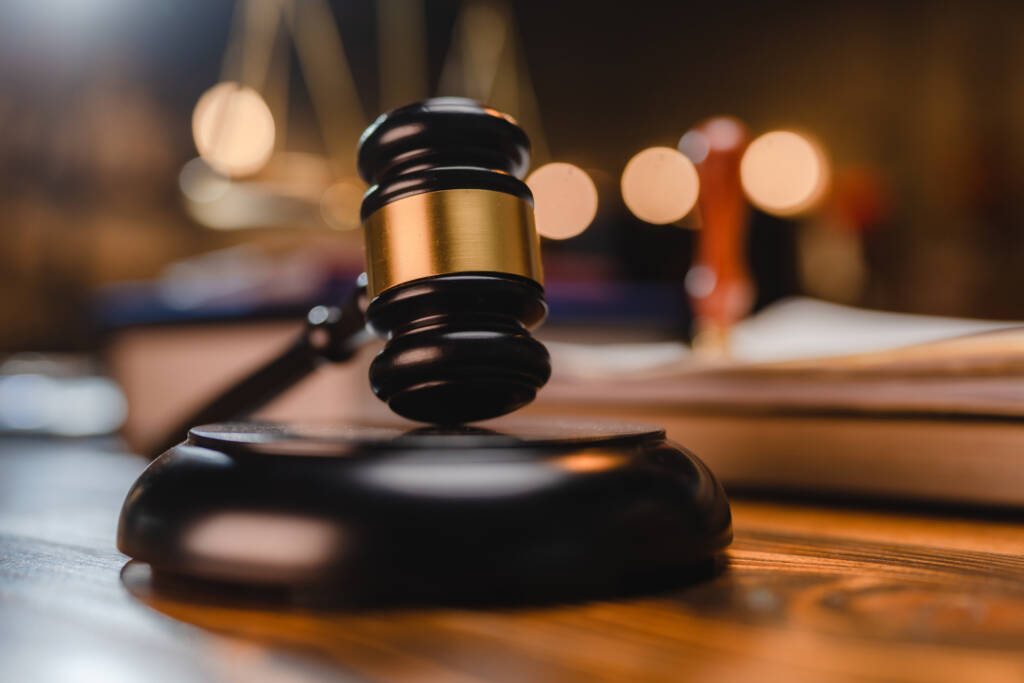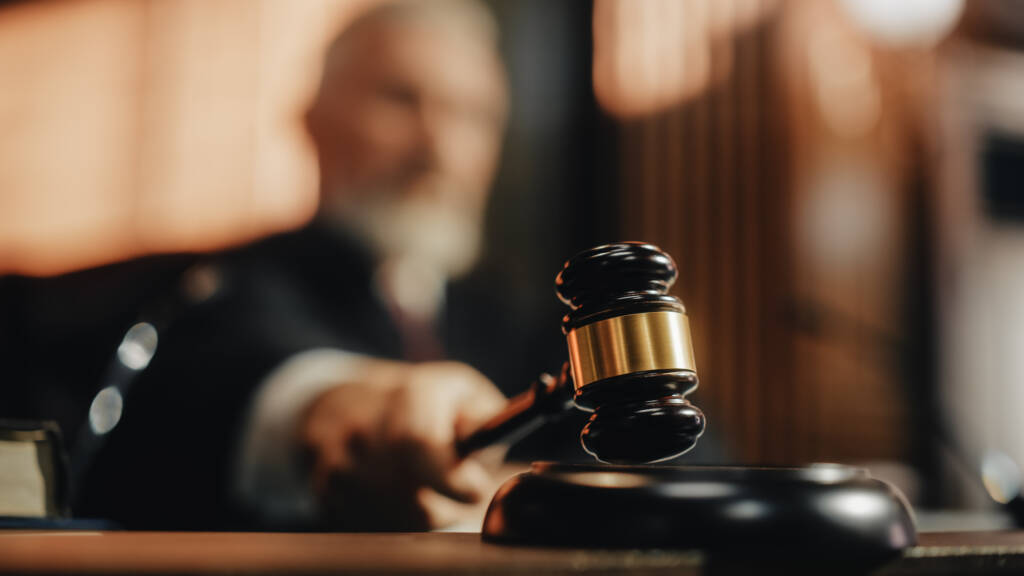
Forensic Science 2

Although the crime scene represents the first step in solving crimes through forensic science, the crime laboratory plays a critical role in the analysis of evidence. This course focuses on the analysis of evidence and testing that takes place within this setting. We will examine some of the basic scientific principles and knowledge that guides forensic laboratory processes, such as those testing DNA, toxicology, and material analysis. Techniques such as microscopy, chromatography, odontology, entomology, mineralogy, and spectroscopy will be examined.
This course is one of our Career Exploration offerings. During this course, you will learn career-related skills and earn a badge for this accomplishment. A badge is a digital certification of your career-related learning that you can share on social media and higher education platforms, or with colleges, potential employers, peers, and colleagues. Select this link to learn more about badges.
Note: content varies depending on the course version. For currently enrolled students, please refer to the syllabus located in the course information area for curriculum specifics.
Major Topics and Concepts
Segment 1
- Learn about some of the different types of drugs and their effects.
- Examine some of the common ways that samples can be taken from humans to test for drugs.
- Consider some of the issues in collecting and preserving drug evidence.
- Investigate screening tests and their uses in criminal investigations.
- Discuss confirmatory tests and their uses in criminal investigations.
- Learn about questioned documents and exemplars.
- Examine some of the aspects that document examiners use to compare handwriting.
- Investigate some of the aspects that document examiners use to compare typescript.
- Discuss some of the ways that document alterations can be found.
- Learn more about how document examiners find forgeries and counterfeit materials.
- Learn what poisonous substances have been used in history.
- Understand how poisons are absorbed and transmitted through the body.
- Discuss techniques used by forensic scientists to identify poisons and other toxins.
- Examine the collection and preservation of blood evidence.
- Consider the role of toxicologists in criminal investigations.
- Learn how protons, neutrons, electrons, and other aspects are used by forensic scientists to study trace evidence.
- Learn about the nature of matter and its relationship to elements and compounds.
- Consider the usefulness of various forms of trace evidence in investigating crimes.
- Learn about different types of microscopes and how they work.
- Examine some of the tests used to identify and compare trace evidence.
- Define forensic entomology and its uses.
- Learn about the history of forensic entomology.
- Examine what insects and arthropods are common pieces of evidence in criminal investigations.
- Investigate some of the tests used in forensic entomology.
- Learn about studies into insect activity as they related to forensic science.
- Learn about the areas of forensic anthropology and forensic odontology.
- Discuss the history of forensic anthropology and odontology.
- Consider some of the characteristics of bones and teeth that provide forensic scientists with information about the person.
- Examine some of the tests used in the area of forensic anthropology.
- Investigate the use of forensic anthropology in the criminal justice system.
- Understand the different parts of computers.
- Discuss the areas of a computer where information can be retrieved.
- Examine how internet activity can be traced.
- Investigate how emails and other aspects can be traced and examined.
- Consider how computer evidence can be collected and preserved.
- Consider how computers are being used in forensic science.
- Discuss some of the recent advances in forensic techniques and testing.
- Learn about how advances in other disciplines impact forensic science.
- Examine some of the current limitations of forensic science investigations.
- Investigate some of the possible future changes in forensic science.
Competencies
Drug Evidence
Students will demonstrate an understanding of drug evidence by describing the effects of drugs, and explaining the processing of evidence for criminal investigation.
Forensic Toxicology
Students will demonstrate an understanding of forensic toxicology by describing the use of poisonous substances in crimes, explaining techniques to detect evidence of poison, and summarizing the role of toxicologists in criminal investigations.
Document Examination
Students will demonstrate an understanding of document examination by describing the process of examining document authenticity, and summarizing techniques to recognize counterfeit materials.
Trace Evidence
Students will demonstrate an understanding of trace evidence by describing the instruments used in the forensic lab, explaining testing techniques used for trace evidence, and summarizing the significance of the results of trace evidence.
Forensic Entomology
Students will demonstrate an understanding of forensic entomology by describing types of types of insects and arthropods as evidence, explaining testing techniques used for forensic entomology, and explaining the importance of insect analysis by forensic entomologists.
Forensic Anthropology
Students will demonstrate an understanding of forensic anthropology by describing types of evidence, summarizing evidence identification techniques in forensic anthropology, and explaining the use of evidence in the criminal justice system.
Digital Evidence
Students will demonstrate an understanding of digital evidence by describing types of digital evidence, explaining the collection of digital evidence, and explaining methods used to examine digital evidence.
Advancements in Forensic Science
Students will demonstrate an understanding of advancements in forensic science by describing types of forensic technology, summarizing new testing techniques in forensic science, and explaining advances in other disciplines impacting forensic science.

